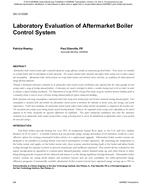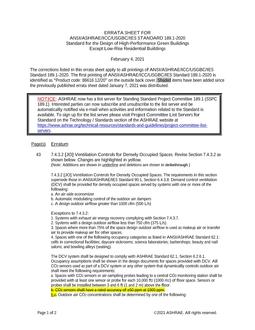The residential oil burner market is currently dominated by the pressure-atomised retention head burner. At low firing rates pressure-atomising nozzles suffer rapid fouling of the small internal passages, leading to bad spray patterns and poor combustion performance. To overcome the low input limitations of conventional burners, a low-pressure air-atomised burner has been developed that can operate at firing rates, as low as 0.25 gallons of oil per hour (10 kW). In addition, the burner can be operated in a high/low firing rate mode. Field tests with this burner have been conducted at a fixed input rate of 0.35 gph (14 kW) with a sidewall vented boiler/water storage tank combination. At the test home, instrumentation was installed to measure fuel and energy flows and record trends in system temperatures. Laboratory efficiency testing with water heaters and boilers has been completed using standard single-purpose and combined appliance test procedures. The tests quantify benefits due to low firing rates and other burner features. A two-stage oil burner gains a strong advantage in rated efficiency while maintaining capacity for high domestic hot water and space-heating loads.
KEYWORDS: year 1997, Domestic, oil burners, fouling, measuring, fuel consumption, efficiency, energy consumption, temperature, water heaters, boilers, laboratory testing, space heating, heat load, comparing, site testing, housing
Citation: Symposium, ASHRAE Trans. 1997, vol.103, part 1
Product Details
- Published:
- 1997
- File Size:
- 1 file , 960 KB
- Product Code(s):
- D-16491


